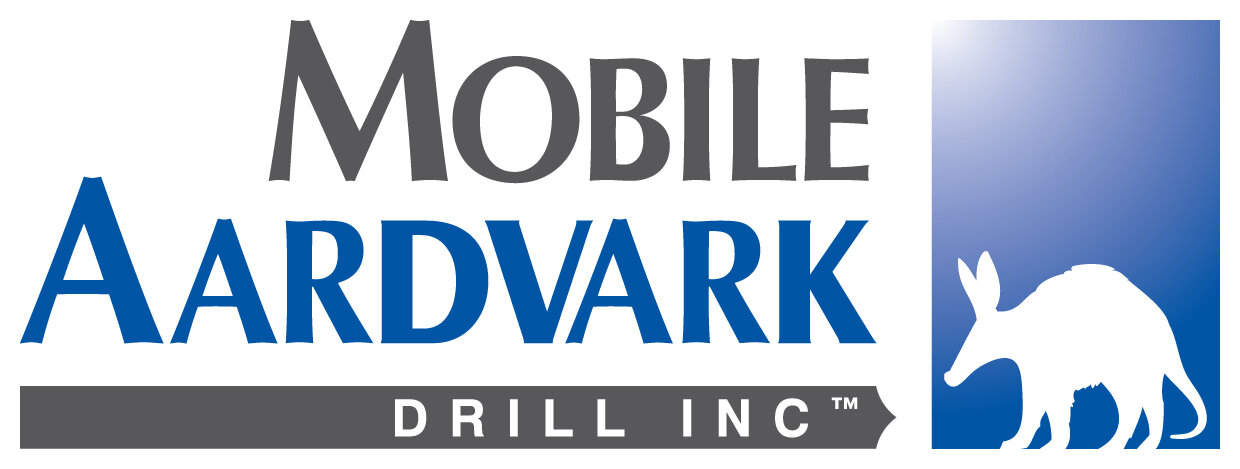The site consisted of a two-lane highway constructed on a sidehill, bounded by a 12 m wide creek at the toe of the slope. This section of the highway was experiencing recurring roadway distress as a result of a large landslide that required annual or biannual pavement patching to maintain a safe road surface. The client’s report describes the project:
―
Highway Stabilization using Subhorizontal Drains
Drayton Valley, Alberta
“The first distress on the roadway surface was noted around 1978-79. The distressed area was patched twice yearly until the early 1980’s. In 1982-84 a trench drain about 100 m long and 2 m deep was installed within the uphill ditch adjacent to the distressed area, and a trench drain was also installed crossing the highway. These efforts reduced the patching rate to about once every other year. With time, the patching rate increased to yearly. In 2001 a geotechnical site investigation was carried out. The results of the test holes indicated a soil stratigraphy consisting of a mantle of clay overlying medium plastic stiff to very stiff clay till, underlain by very hard, high plastic, slightly bentonitic clay shale/sandstone.
Reducing the pore pressure by installing subhorizontal drains was considered to be the most cost effective remediation measure. The stability analyses showed that by lowering the groundwater level by about 5 m the slope FS would increase by approximately 30 %.
A total length of 2392 m of subhorizontal drains were installed, consisting of 21 drains with varying lengths. The drains consisted of 38 mm diameter schedule 80 PVC pipes, with 3 rows of 0.25 mm wide slots and 6.4 mm clear spacing between the slots within the rows. The PVC pipe drains were installed using the Aardvark drilling system of Edmonton, AB, for the installation of subhorizontal drains. This system uses a disposable drilling bit that is left in the end of the drill hole once the design length is reached. The PVC pipe is inserted inside the drilling stem which provides casing for the hole. An anchor system installed at the end of the PVC pipe holds the pipe in place while the drill stem is retrieved. ”
The full report can be read here.


